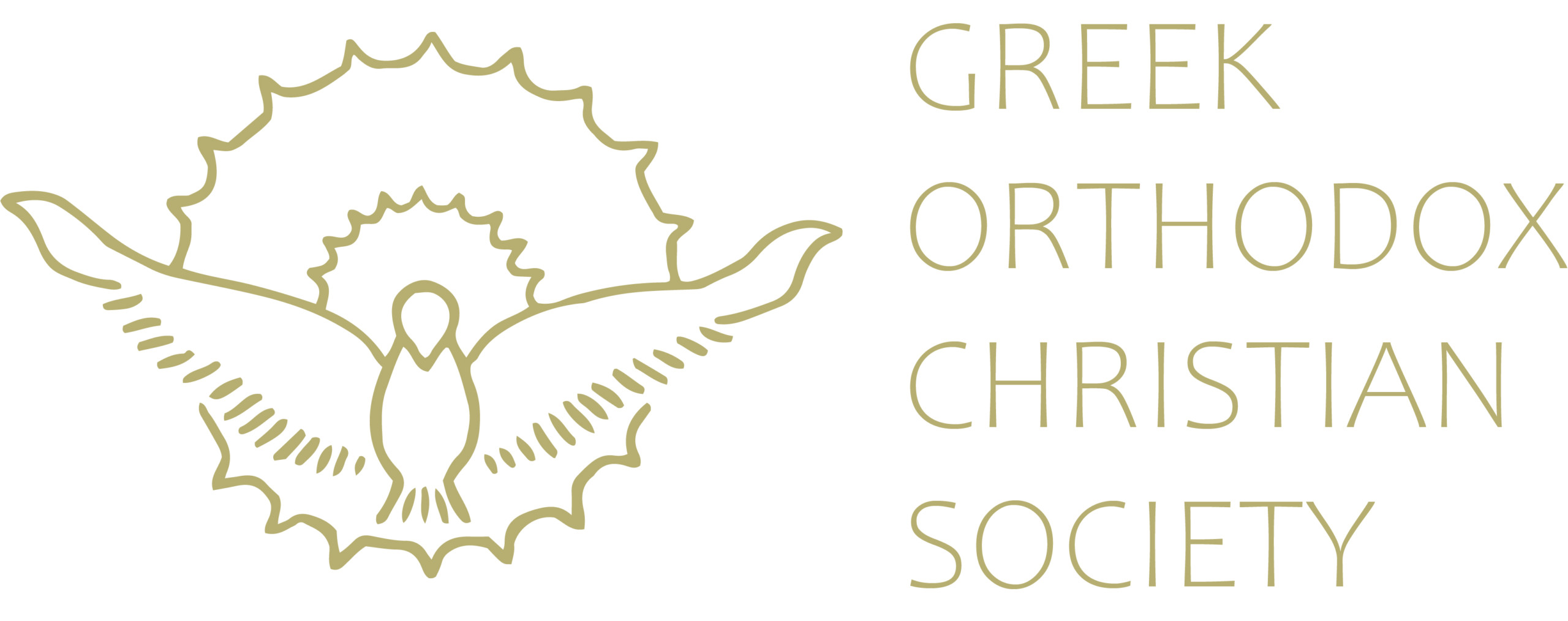Post-Communion Hymn of the Divine Liturgy
Εἴδομεν τὸ φῶς τὸ ἀληθινόν, ἐλάβομεν Πνεῦμα ἐπουράνιον, εὓρομεν πίστιν ἀληθῆ, ἀδιαίρετον Τριάδα προσκυνοῦντες· αὕτη γὰρ ἡμᾶς ἔσωσεν.
We have seen the true light, we have received the heavenly Spirit, we have found the true faith, worshipping the undivided Trinity, which has saved us.
It is not by chance that this hymn, which is dedicated to the Holy Spirit and is derived from the vespers service of Pentecost Sunday, is chanted after Holy Communion on most Sunday and weekday Divine Liturgies of the Church year. St Gregory Palamas illuminates us in his twenty-fourth homily On the Appearance of the Divine Spirit during the Day of Pentecost. He points out that the visible appearance of the Holy Spirit, in the form of tongues “like fire”, indicates its oneness of nature (συμφυΐα) with Christ, the Word of God, “for nothing is closer in relation to the Word than the tongue.” He continues by explaining, “the term ‘it sat’ (ἐκάθισεν), does not only reveal the kingly character of the Holy Spirit but also its undividedness because even though it is divided in appearance according to its different powers and energies, the whole of the Holy Spirit is present and acts, being shared without division and wholly partaken of, according to the example of a ray of sunlight.” We all feel the warmth and benefit from the illumination of a ray of sunlight, however the sun is not divided. This is a very important theological and dogmatic truth. It is through the energy (i.e. action) of the Holy Spirit that the gifts of wine and bread become the body and blood of Christ. When we partake of Holy Communion we are not just partaking of a small part of Christ, but of His whole divine body. The divine power of the Holy Spirit is the same as that of God the Father and God the Son, it is the energy of the Holy Trinity. As Metropolitan Ierotheos states in his book On the Feasts of Our Lord, “Man’s salvation is partaking of the uncreated energies of the Holy Trinity.”
Source: Lychnos June – July 2017
